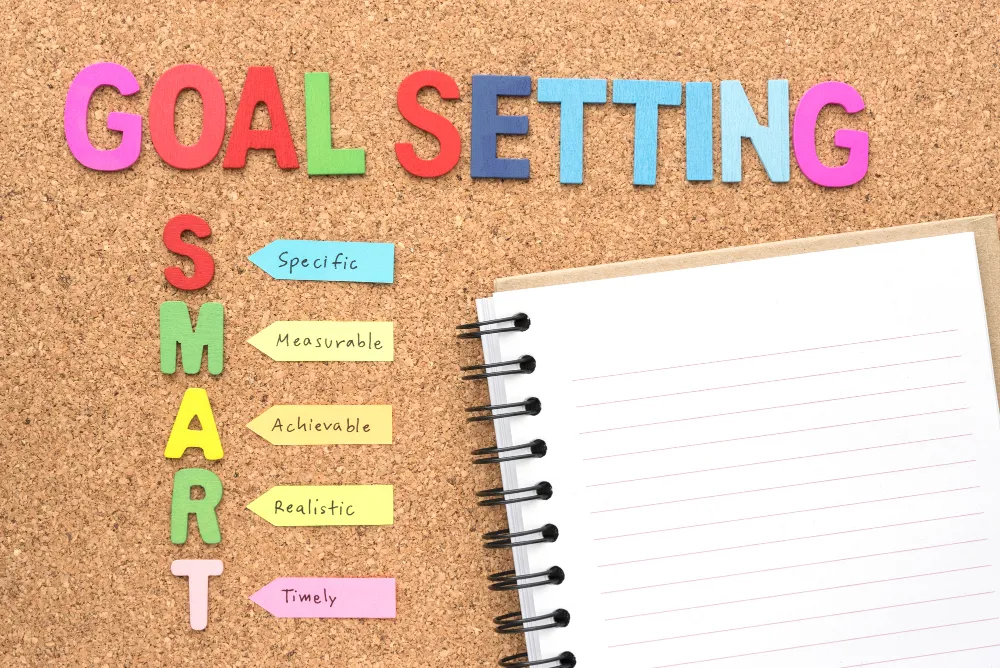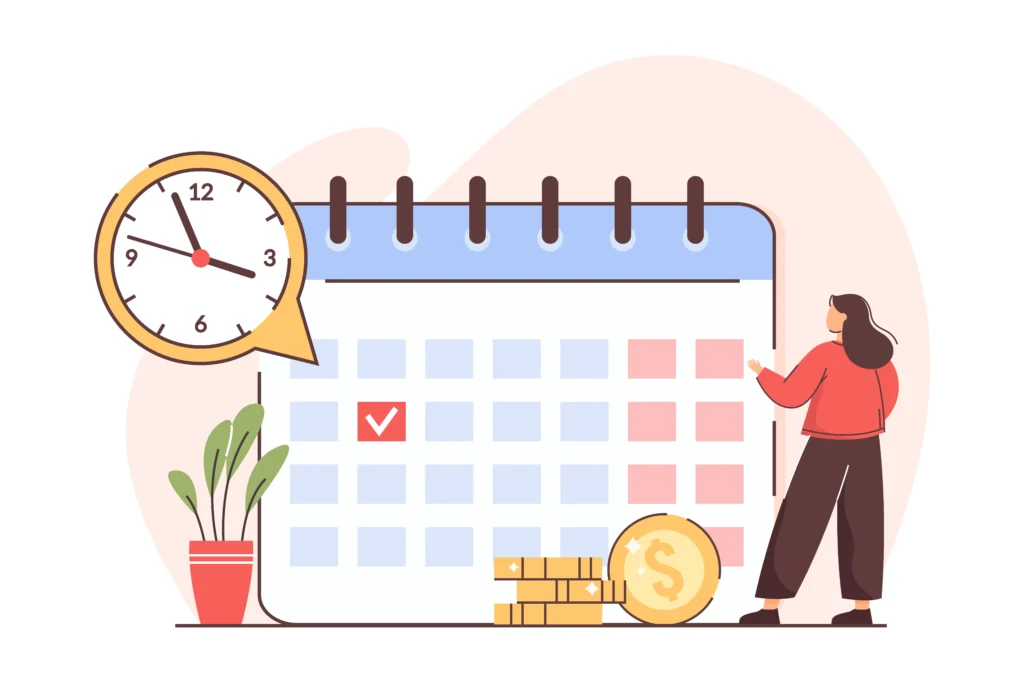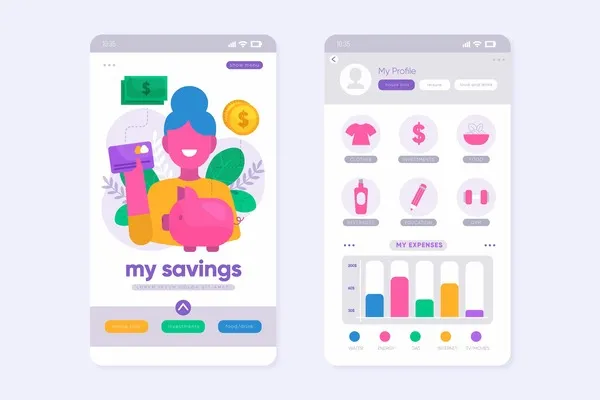Creating a monthly budget is one of the most effective ways to take control of your personal finances. Whether you’re saving for a big goal, paying off debt, or simply trying to manage daily expenses, a well-structured budget helps you allocate every dollar with purpose. In 2025, with rising costs and endless financial apps, budgeting is more accessible than ever. This step-by-step guide will walk you through how to create a monthly budget in five simple steps, tailored for beginners and seasoned planners alike. We’ll also share practical tools, tips, and a comparison table to ensure your budget works for you.
Why You Need a Monthly Budget
A monthly budget is the cornerstone of personal finances. It provides clarity on where your money goes, prevents overspending, and aligns your spending with your financial goals. According to a 2024 survey by the National Foundation for Credit Counseling, 60% of Americans don’t have a budget, yet those who do report significantly less financial stress. By learning how to create a monthly budget, you’re setting yourself up for financial freedom, whether you’re aiming to save $1,000, invest in stocks, or plan for retirement.
Step 1: Assess Your Income and Expenses

The first step to create a monthly budget is understanding your financial inflow and outflow. Start by calculating your total monthly income after taxes. Include all sources: salary, freelance gigs, side hustles, or passive income like dividends. For example, if you earn $3,000 from your job and $200 from a side hustle, your total income is $3,200.
Next, track your expenses for the past 30 days. Use bank statements, credit card records, or apps like Mint or YNAB (You Need A Budget) to categorize spending. Common categories include:
- Fixed Expenses: Rent/mortgage, utilities, insurance, subscriptions.
- Variable Expenses: Groceries, dining out, entertainment, gas.
- Irregular Expenses: Gifts, car repairs, annual fees.
For accuracy, review two to three months of expenses to account for one-off costs. The goal is to see exactly where your money goes. For instance, you might discover you’re spending $200 monthly on takeout—money that could be redirected to savings.
Pro Tip: Use a budgeting app to automate expense tracking. Apps like PocketGuard categorize transactions in real-time, saving you hours of manual work.
Step 2: Set Clear Financial Goals

A budget without goals is like a ship without a destination. Define short-term (e.g., saving $500 for an emergency fund), medium-term (e.g., paying off $5,000 in credit card debt), and long-term goals (e.g., saving for a house down payment). Use the SMART framework—Specific, Measurable, Achievable, Relevant, Time-bound—to ensure your goals are actionable.
For example:
- Specific: Save $1,000 for an emergency fund.
- Measurable: Track $200 saved monthly.
- Achievable: Cut dining out by $100 and subscriptions by $50 monthly.
- Relevant: Builds financial security.
- Time-bound: Achieve in 5 months.
Align your budget with these goals. If your goal is debt repayment, allocate extra funds to high-interest debt. If it’s saving, prioritize contributions to a high-yield savings account. In 2025, online banks like Ally offer 4%+ APY, making them ideal for growing your savings.
Step 3: Choose a Budgeting Method

To create a monthly budget, select a method that suits your lifestyle. Here are three popular options, each with unique benefits:
- 50/30/20 Rule: Allocate 50% of income to needs (housing, utilities), 30% to wants (entertainment, hobbies), and 20% to savings/debt repayment. Ideal for beginners due to its simplicity.
- Zero-Based Budgeting: Assign every dollar a job until your income minus expenses equals zero. Perfect for detailed planners who want control over every cent.
- Envelope System: Use cash for specific categories (e.g., groceries, dining out) and stop spending when the envelope is empty. Great for curbing overspending.
For example, with a $3,200 monthly income using the 50/30/20 rule:
- Needs: $1,600 (rent, utilities, groceries)
- Wants: $960 (dining, hobbies, subscriptions)
- Savings/Debt: $640 (emergency fund, credit card payments)
Test different methods for a month to find what works. Apps like YNAB support zero-based budgeting, while GoodBudget mimics the envelope system digitally.
Pro Tip: Search for “budgeting apps” (14,800 searches, KD < 25) to find tools that align with your chosen method.
Step 4: Build and Track Your Budget

Now, create your monthly budget using a spreadsheet, app, or template. Here’s a simple process:
- List Income: Enter all income sources.
- Categorize Expenses: Use your Step 1 data to allocate funds to fixed, variable, and irregular expenses.
- Assign Goal Contributions: Dedicate funds to your SMART goals (e.g., $200/month for savings).
- Adjust as Needed: If expenses exceed income, cut back on wants (e.g., reduce dining out) or boost income (e.g., start a side hustle).
Here’s a sample budget for $3,200 income using the 50/30/20 rule:
| Category | Amount |
|---|---|
| Rent | $1,000 |
| Utilities | $150 |
| Groceries | $300 |
| Dining Out | $300 |
| Entertainment | $360 |
| Subscriptions | $300 |
| Savings | $400 |
| Debt Repayment | $240 |
| Total | $3,200 |
Track your budget weekly using apps like Mint or manually via Google Sheets. Adjust for unexpected expenses, like a $100 car repair, by pulling from your “wants” category.
Step 5: Review and Adjust Monthly

A budget isn’t set-and-forget. Review it at the end of each month to assess what worked and what didn’t. Ask:
- Did you overspend in any category?
- Are your goals on track?
- Do you need to adjust for new expenses (e.g., holiday spending)?
For example, if you overspent on dining out by $100, reduce that category next month or find cheaper alternatives (e.g., meal prepping). Use budgeting apps to generate spending reports, which highlight trends and help refine your plan.
In 2025, inflation and rising costs may require more frequent adjustments. Stay flexible—revisit your goals quarterly to ensure they align with your evolving financial situation.
Pro Tip: Set a 15-minute weekly “money date” to check your budget and avoid surprises.
Budgeting Tools Comparison Table
Choosing the right tool can make or break your budgeting success. Below is a comparison of two popular budgeting apps to help you create a monthly budget efficiently.
| Feature | Mint | YNAB (You Need A Budget) |
|---|---|---|
| Cost | Free | $14.99/month or $99/year |
| Best For | Beginners, hands-off tracking | Detailed planners, zero-based budgeting |
| Key Features | Auto-categorizes transactions, credit score tracking | Goal tracking, manual categorization, reports |
| Ease of Use | Very easy, intuitive interface | Moderate learning curve |
| Mobile App | iOS, Android | iOS, Android |
| Integration | Links with most banks | Links with most banks, plus workshops |
| Free Trial | N/A (Free) | 34 days |
| Affiliate Link | Try Mint | Try YNAB |
Note: Both apps are secure and widely used, but YNAB’s proactive approach suits those who want to assign every dollar a job. Mint is better for passive tracking.
Tips to Stick to Your Monthly Budget
- Automate Savings: Set up auto-transfers to a high-yield savings account on payday.
- Use Alerts: Many apps send notifications when you’re close to overspending.
- Cut Small Expenses: Cancel unused subscriptions or switch to cheaper alternatives.
- Plan for Irregular Costs: Save $50-$100 monthly for unexpected expenses like car repairs.
- Reward Yourself: Allocate $20-$50 for small treats to avoid burnout.
Common Budgeting Mistakes to Avoid
- Not Tracking Small Purchases: Coffee runs add up—log every expense.
- Overcomplicating Categories: Stick to 5-10 categories for simplicity.
- Ignoring Irregular Expenses: Budget for annual costs like insurance premiums.
- Setting Unrealistic Goals: Don’t aim to save 50% of your income if it’s not feasible.
- Forgetting to Adjust: Life changes—update your budget accordingly.
FAQs About Creating a Monthly Budget
What is the easiest way to create a monthly budget?
The easiest way is to use the 50/30/20 rule: allocate 50% of your income to needs, 30% to wants, and 20% to savings or debt. Apps like Mint can automate tracking and categorization.
How much should I budget for savings each month?
Aim for at least 20% of your income for savings or debt repayment. If that’s too high, start with 5-10% and increase as you cut unnecessary expenses.
Can I create a monthly budget without an app?
Yes, use a free spreadsheet template (e.g., Google Sheets) or a notebook. List income, expenses, and goals, and track manually. Apps just save time.
How do I create a monthly budget with irregular income?
Average your income over the past 6-12 months, prioritize essential expenses (housing, food), and save extra in high-income months to cover lean ones.
What’s the best budgeting app for couples?
GoodBudget and Honeydue are great for couples, offering shared tracking and goal-setting features. Both support the envelope system digitally.
Conclusion
Learning how to create a monthly budget is a game-changer for your financial future. By following these five steps—assessing income/expenses, setting goals, choosing a method, building/tracking your budget, and reviewing monthly—you’ll gain control over your money and make progress toward your goals. Whether you use a free app like Mint or a spreadsheet, consistency is key. Start today, and by 2026, you could have a fully funded emergency fund, reduced debt, or a growing investment portfolio.



